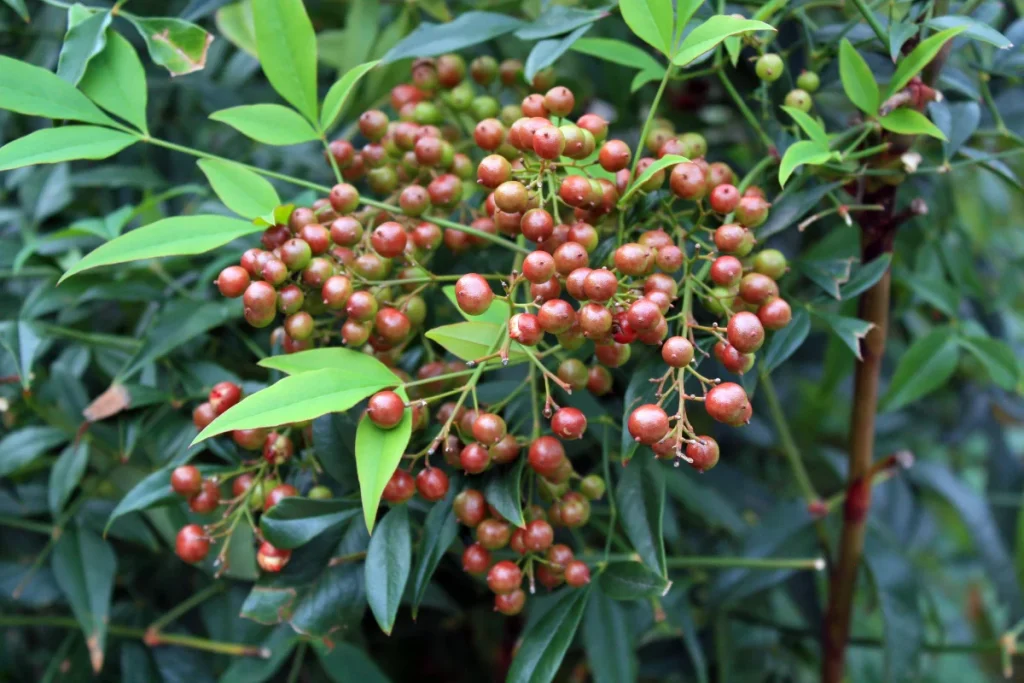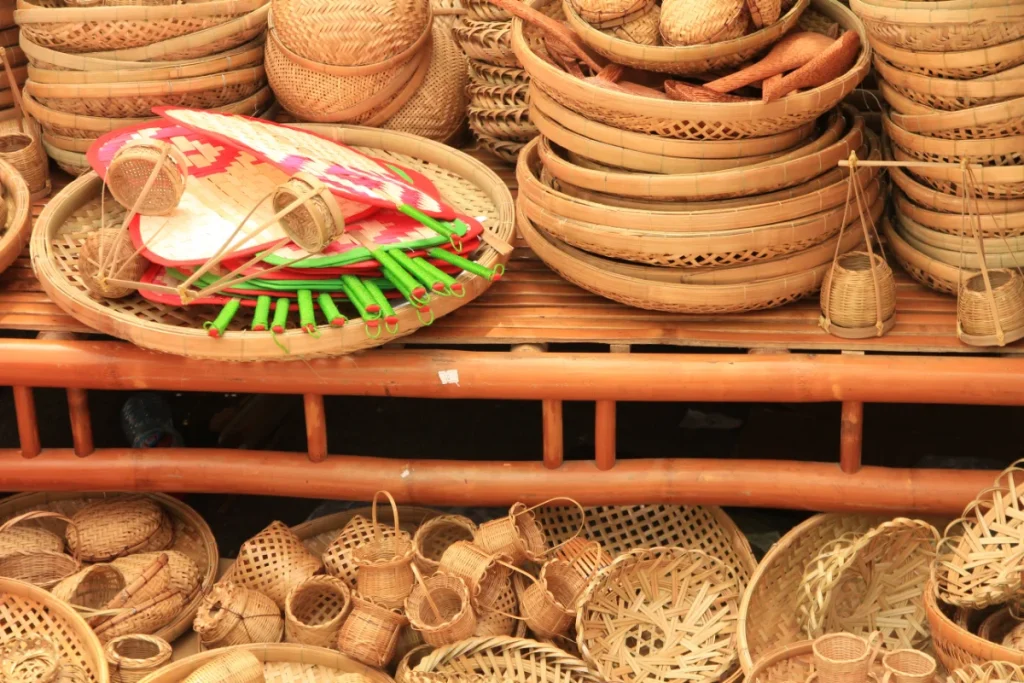
What Makes Bamboo Toothbrushes a Healthy Choice for Oral Care?
Bamboo Toothbrushes
Toothbrushes made of bamboo have been gaining popularity as a sustainable alternative to traditional plastic toothbrushes. The use of sustainable and eco-friendly products has become increasingly vital in our quest for a healthier planet.
These eco-friendly toothbrushes have emerged as a promising alternative to conventional plastic toothbrushes due to their biodegradability and minimal environmental impact. These eco-conscious oral care tools are crafted from renewable bamboo, offering a natural and sustainable option for oral hygiene.
Benefits of Bamboo Toothbrushes
Toothbrushes made of bamboo offer a range of benefits that contribute to personal oral hygiene and environmental sustainability. Some of these advantages include:

Eco-friendly Material:
Bamboo, the primary material in these toothbrushes, is a highly sustainable and rapidly renewable resource. It grows abundantly and doesn’t require pesticides or fertilizers, making it an eco-conscious choice.
Biodegradability:
Conventional plastic toothbrushes can take hundreds of years to decompose. On the other hand, bamboo toothbrushes are biodegradable. Their natural composition means they can easily break down, reducing the burden on landfills and oceans.
Reduced Plastic Waste:
By using a bamboo renewable toothbrush, individuals contribute to the reduction of plastic pollution. Plastic toothbrushes are a significant source of environmental waste, and choosing bamboo alternatives helps lower the amount of non-biodegradable plastic ending up in the environment.
Renewable Resource:
Bamboo is a fast-growing plant that doesn’t require replanting. Its rapid growth and regenerative properties make it an ideal material for sustainable manufacturing.
Naturally Antibacterial:
Bamboo possesses inherent antibacterial properties, which can help in maintaining oral hygiene. This feature can assist in keeping the brush clean between uses.
Comfortable:
Bamboo toothbrushes often come with sleek designs and ergonomic handles, providing a comfortable grip and a stylish addition to your oral health care kit.
Are Bamboo Toothbrushes Good for Your Teeth and Gums?
Bamboo green toothbrushes are generally good for teeth and gums as they function similarly to conventional toothbrushes in cleaning teeth effectively. Bamboo toothbrushes’ soft and durable bristles are gentle on the gums and teeth, reducing the risk of damage to the sensitive gum tissue.

Additionally, bamboo’s natural antibacterial properties can contribute to maintaining oral hygiene by helping to inhibit bacterial growth on the brush. However, ensuring the bristles are high quality and suitable for your dental needs is essential to guarantee effective cleaning and protection of teeth and gums.
Pros and Cons of Bamboo-Made Toothbrushes
Like any product, these green toothbrushes come with their own set of pros and cons. Understanding these can help you make an informed purchase decision.
Pros
- Biodegradable and eco-friendly
- Sustainable material from bamboo
- Renewable resource
- Reduced plastic waste
- Naturally antimicrobial properties
Cons
- Non-biodegradable nylon bristles
- Limited options for bristle firmness
- May be pricier than some plastic options
- Limited availability in some regions
Can You Recycle Bamboo Toothbrushes?
Due to their composite nature, they are not typically recyclable in the same manner as standard recyclable materials. The handle, made from bamboo, is biodegradable, but the bristles are usually made from nylon, a non-biodegradable material. Separating the bristles from the bamboo handle is crucial before disposal, as the bristles need to be discarded in regular waste while the bamboo handle can be composted.
Making Bamboo Toothbrushes
The production of these sustainable toothbrushes involves several key steps:
Harvesting Bamboo:
Bamboo, a fast-growing and highly renewable grass, is harvested to make toothbrushes. Harvesters typically select mature bamboo stalks to ensure durability and strength.
Cutting and Shaping:
The bamboo stalks are cut into appropriate lengths, usually the length of a toothbrush handle. These sections are then shaped, smoothed, and sometimes heat-treated to enhance durability and reduce the risk of splintering.
Bristle Attachment:
Holes or slots are drilled or made in the head of the bamboo handle to insert the bristles. The bristles, often made of nylon, are bundled and inserted into the holes, secured with pins, or through various binding methods.
Quality Control:
Each toothbrush undergoes quality checks to ensure the handle is smooth and free of splinters, and the bristles are properly attached. This step ensures that the toothbrush is safe and effective for use.
Packaging and Distribution:
Once quality checks are complete, the toothbrushes are packaged for distribution. Manufacturers may use eco-friendly packaging to align with the sustainability ethos of bamboo toothbrushes.
Hygiene and Safety
Maintaining proper hygiene and safety standards is essential for optimal oral health:

Bristle Quality and Replacement:
Ensure the bristles are of good quality, as they directly affect cleaning effectiveness. Replace the toothbrush every 2-3 months or earlier if the bristles are worn to prevent bacterial buildup and ensure efficient cleaning.
Rinsing and Drying:
After use, thoroughly rinse the toothbrush and allow it to air dry in an upright position. Ensuring the brush dries completely between uses helps prevent the growth of bacteria.
Storage:
Store the toothbrush in an open-air holder to allow for proper ventilation and prevent moisture buildup, which can lead to bacterial growth.
Sanitization:
Periodically sanitize the toothbrush by soaking the head in a hydrogen peroxide or mouthwash solution, especially after an illness, to help kill bacteria.
Individual Use:
Sharing toothbrushes can lead to the transfer of oral bacteria and potentially infections. It’s best to use your toothbrush exclusively.
Bamboo vs Plastic Toothbrushes
There’s a comparison between Bamboo and Plastic Toothbrushes:
| Criteria | Bamboo Toothbrushes | Plastic Toothbrushes |
|---|---|---|
| Material | Bamboo handle, often with nylon bristles | Plastic handle with nylon or other synthetic bristles |
| Biodegradability | The bamboo handle is biodegradable, and the bristles are usually not | Entirely non-biodegradable |
| Sustainability | Highly sustainable due to bamboo’s rapid growth and renewal | Relies on non-renewable resources, contributes to pollution |
| Environmental Impact | Reduced impact on the environment, less plastic waste | Contributes significantly to plastic pollution |
| Manufacturing Process | Generally more eco-friendly; less energy-intensive production | Often involves more energy consumption and non-renewable resources |
| Hygiene and Safety | Safe for use if maintained properly | Safe for use if maintained properly |
| Price | Can be slightly pricier due to the nature of sustainable materials | Often more affordable due to cheaper production costs |
| Customization Options | Limited options for bristle firmness, fewer variations | More diverse options for bristle type, firmness, and design |
| Availability | Increasing availability but might be less common in some regions | Widely available in most markets |
Lifecycle and Disposal
How Long Do Bamboo Toothbrushes Take to Decompose?
The biodegradability of these toothbrushes does not equate to reduced use time as both conventional and bamboo toothbrushes can be used for a recommended use time of 3 months.
How to Decompose?
Once the bristles are taken off, the toothbrush handle becomes entirely biodegradable. It can be added to your household composter, which is expected to decompose in approximately 4 to 6 months. Alternatively, you can choose to bury the handle in your garden soil; however, this method will result in a longer decomposition period, taking around 3 years or more.

Are Bamboo Toothbrushes Safe to Use?
Bamboo toothbrushes are as safe as plastic toothbrushes, as long as they don’t grow mold. Bamboo is a naturally porous material, which means it holds onto moisture for a long time and is, therefore, more susceptible to mold. However, They are free from harmful chemicals and toxins, making them a safe choice for oral hygiene.
Conclusion
Bamboo toothbrushes offer a sustainable choice for oral care with numerous benefits for both users and the environment. By making a simple switch from plastic to bamboo, you can contribute to reducing plastic waste and promoting eco-friendly alternatives. Make an informed choice for your oral hygiene and the planet by considering bamboo toothbrushes for your daily routine.






